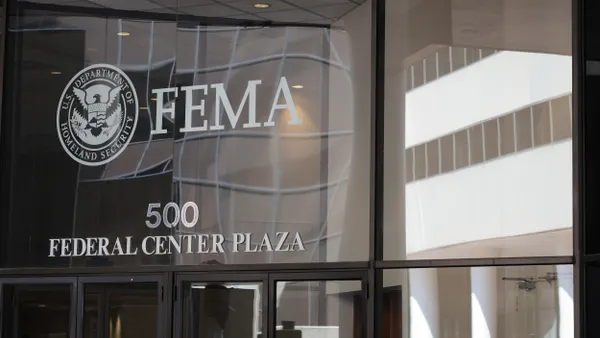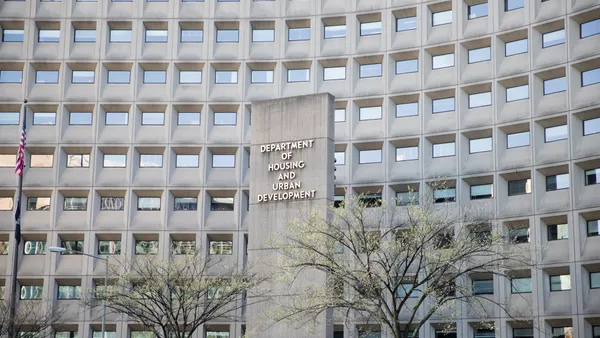Dive Brief:
- The Brennan Center for Justice released a report this week that analyzed crime data in the nation's 30 largest cities. The report noted the average crime rate — which includes homicides, robbery and aggravated assault (violent crimes) as well as burglary, larceny-theft and motor vehicle theft (property crimes) — has dropped 2.7% compared to 2016 data. Rape was excluded from the analysis.
- The report also found the average violent crime rate has declined by 1.1% since 2016, while the average murder rate has declined by 5.6% — heavily due to significant decreases in cities like Chicago and Houston.
- This report is the updated version of a preliminary report that was released in September. The preliminary report notes, "These findings directly undercut any claim that the nation is experiencing a crime wave."
Dive Insight:
National crime rates tend to fluctuate. When this same report was released with 2016 data, the results were opposite: the murder rate had climbed for the second year in a row, casting a dark outlook on the overall crime trend in U.S. cities. During his inauguration speech, President Trump referred to this trend as "American carnage," and called to stop the "crime and the gangs that have stolen too many lives and robbed our country of so much unrealized potential."
Considering the data that President Trump had at the time, he wasn't wrong in assuming the crime rate would continue on its upward trend. Though following this new report, it is evident that city leaders took a stand this year to shift the tide. A number of cities included crime combat initiatives in resiliency plans, and in August, hundreds of mayors joined the Mayors' Compact to Combat Hate to prioritize the fight against hate crimes and domestic terrorism.
Resiliency is a main pillar of any smart city, and can come in a number of forms: resilience in the face of natural disasters, of terrorism, or of local crime that has a direct impact on residents' quality of life. While not every city on this list has seen an improvement in crime and murder rates, the overall dip in 2017 averages suggests U.S. cities are finding advanced ways to increase resiliency — especially in cities that have already been highlighted for other smart city progress, such as Washington, DC, Philadelphia and Las Vegas.
Tech has assisted much of the crime-fighting advancements in cities, highlighting the potential for tools like drones or body cameras to make an impact on crime rates. Cities are also looking into new leadership strategies — in September, New York City created a "night mayor" position to help alleviate noise violations and reduce crime, among other duties.










